In Spring, Summer and Fall, hundreds of plants release powdery substances called pollen into the air to fertilize other plants of the same species. They travel with the wind and are thereby part of the air we breathe. The body’s immune system can mistake some of them for intruders and therefore activate certain defence mechanisms. This is called an allergic reaction. The most common symptoms of an allergic reaction caused by pollen are a runny nose, swollen and watery eyes, sneezing and coughing. Once an allergy develops, it is unlikely to go away again. However, if the plant that causes the reaction can be found, there are certain steps one might take to minimize the exposure to that specific type of pollen.
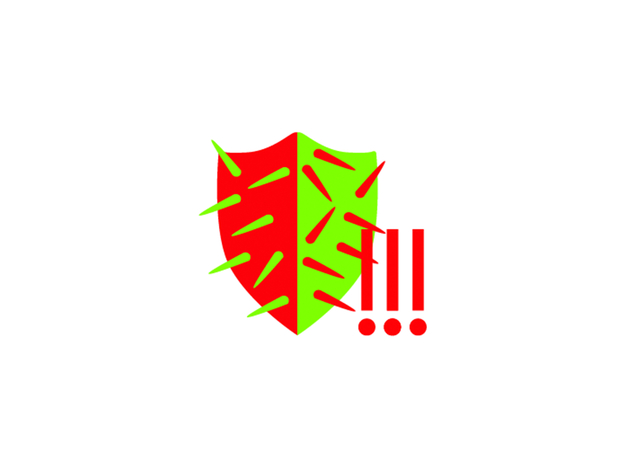
-
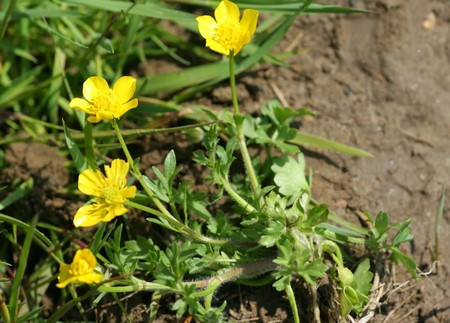
Woody Buttercup
Ranunculus
Find more about this plant on Wikipedia .
-
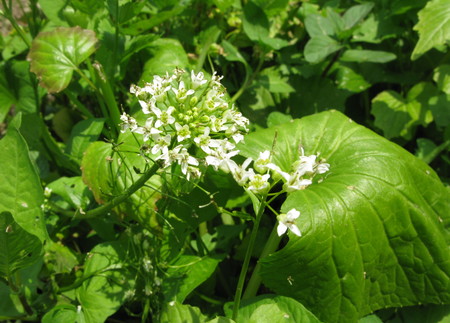
Wasabi
Wasabia japonica
Find more about this plant on Wikipedia .
-

Knowledge Page Alix Briere
Hortus Dijkspark Knowledge
What is the Hortus Dijkspark project?
This project is used to keep tract of the extensive list of plants we have growing here at Mediamatic. We tract their growing location (see 'Hortus Map'), some general plant information such as their...
-
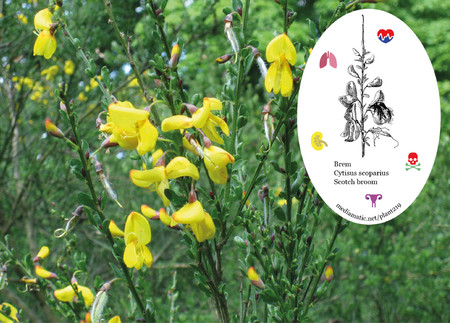
Scotch Broom
Cytisus scoparius
-
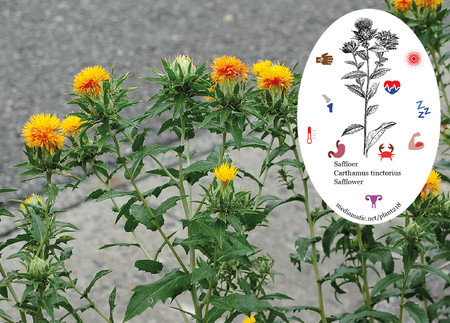
Safflower
Carthamus tinctorius
-
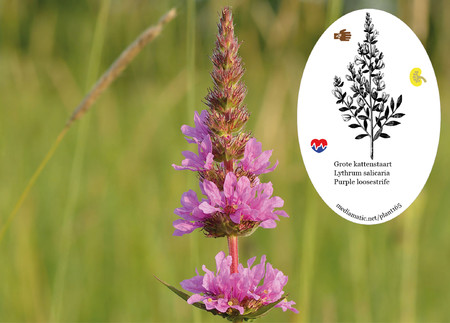
Purple loosestrife
Lythrum salicaria
-
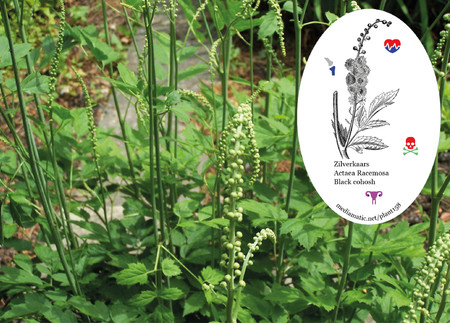
Black Cohosh
Actaea racemosa
This plant has been traditionally used to relieve menstrually related headaches. It was a favorite herb of the native North Americans and Eclectic physicians for amenorrhea, the absence of...
-
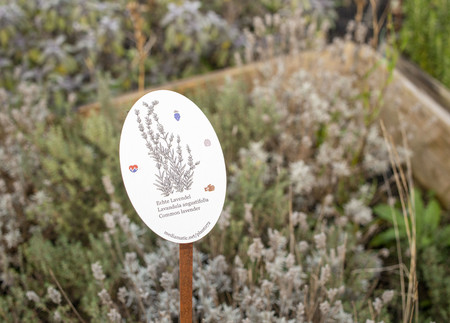
exhibition: Mediamatic Biotoop Dijkspark
Hortus Dijkspark
1أيار / مايو 20181أيار / مايو 2028Rondom onze Biotoop groeit een grote verscheidenheid aan planten, van genezend tot giftig, van donkergroen tot paars. Je kunt Hortus Dijkspark op elk moment bezoeken. Klik hier om meer te weten te...
-
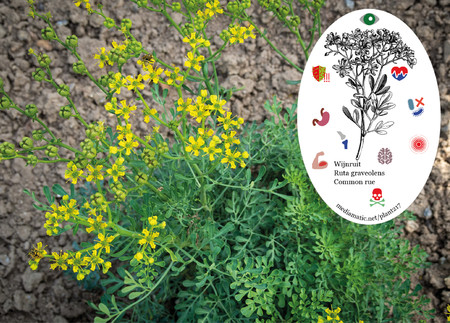
Common rue
Ruta graveolens
Find more about this plant on Wikipedia .
-
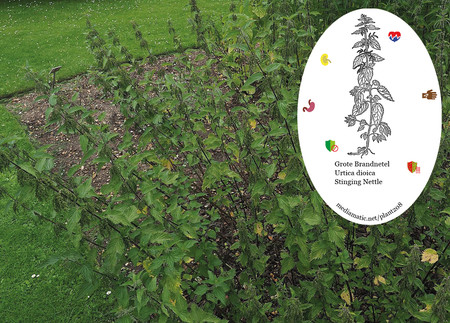
Stinging nettle
Urtica dioica
Find more about this plant on Wikipedia .
-
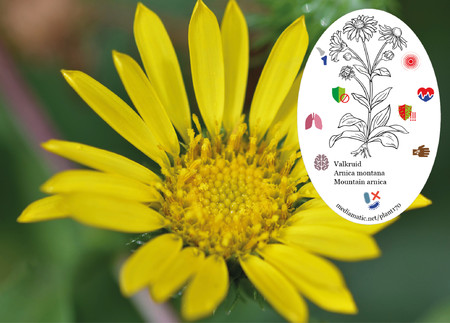
Mountain arnica
Arnica montana
Find more about this plant on Wikipedia .
-

Blue skullcap
Scutellaria lateriflora
Find more about this plant on Wikipedia .
-
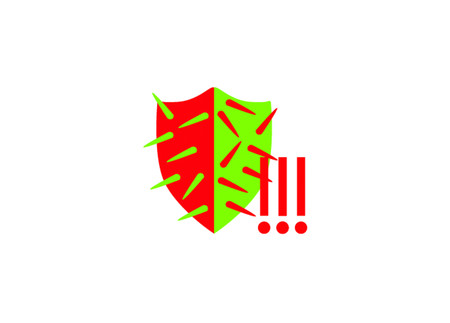
Allergic
In spring, summer and fall hundreds of plants release powdery substances called pollen into the air to fertilize other plants of the same species. They travel with the wind and are thereby part of...
-
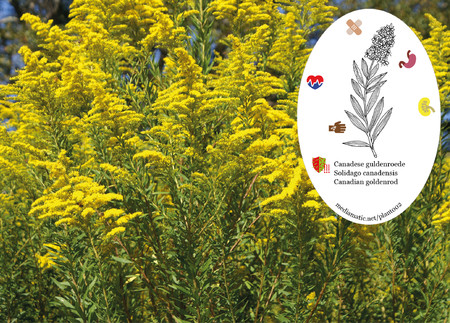
Canadian goldenrod
Solidago Canadensis
Find more about this plant on Wikipedia .
-
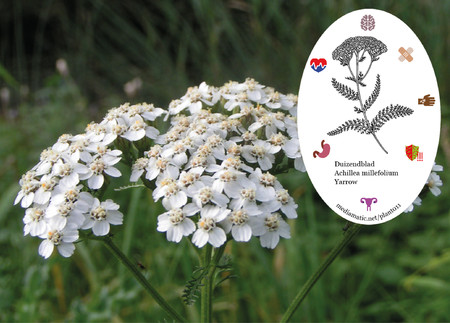
Yarrow
Achillea millefolium
In the Middle ages Yarrow was thought to have subtle powers for wounds and help with mitigating fevers. Yarrow tea is a good remedy for severe colds, being most useful in the commencement of fevers.